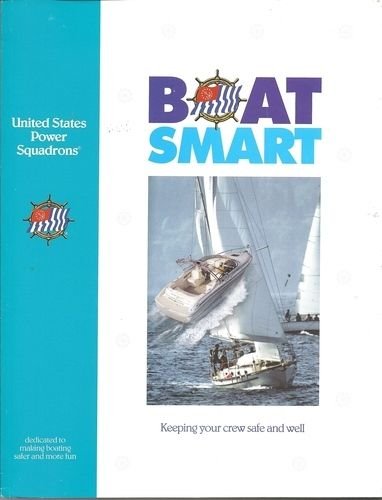BruceK
Moderator Emeritus
- Joined
- Oct 31, 2011
- Messages
- 13,347
- Vessel Name
- Sojourn
- Vessel Make
- Integrity 386
Maybe a CF member who occasionally visits TF. Sailboaters can be so naughty.Happened to me. Without apparent reason, a sailboat tacked in front in unrestricted waters east of Angel Island. Caused me to take violent turn to avoid...

